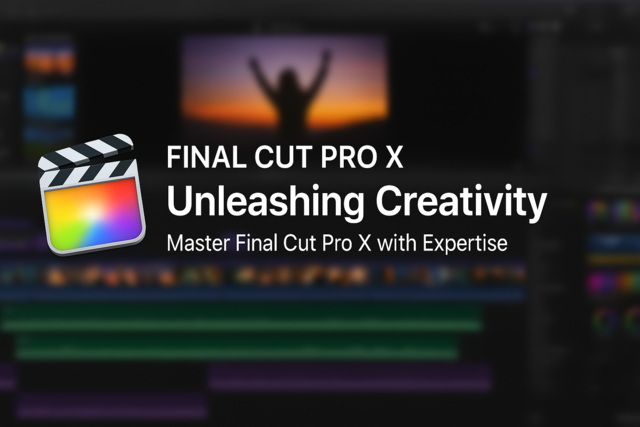Learn HTML - Create Webpages Using HTML5
Master the Web's Building Blocks: Design Tomorrow's Webpages Today with HTML5!

8 Hours average completion time
0.8 CEUs
15 Lessons
16 Exams & Assignments
193 Discussions
15 Videos
30 Reference Files
113 Articles
Mobile Friendly
Last Updated December 2025
"Mastering the Future of Web Design: HTML5 Essentials & Beyond"
In the rapidly evolving digital era, a website isn't just a digital address; it's the face of your brand, your digital storefront, and often the first point of interaction with your audience. And behind every captivating website is the robust, yet delicate, framework of HTML. But just like the digital world, HTML is evolving, and to truly shine in the web design domain, one must be well-acquainted with its latest, most advanced incarnation: HTML5.
Why HTML5? Let's Delve Deep:
-
Future Ready: HTML5 isn't just another update--it's the future. As the newest and most powerful version of the HTML standard, it's geared up to meet the demands of modern web applications.
-
Seamless Multimedia Integration: Gone are the days of cumbersome third-party plugins and Flash applications. With HTML5, integrating multimedia elements like audio and video is seamless, fluid, and natural, thanks to native tags like video and audio.
-
Animation & Interactivity Reimagined: With the canvas tag and combined power of JavaScript animations, the possibilities for creating dynamic, interactive web components are limitless.
-
Styling Evolved: Dive into the future of web aesthetics with the latest in CSS3. Learn how to create stunning design elements using embedded CSS classes, enriching the user experience and making your web pages come alive.
-
Optimized User Interactivity: New form field tags in HTML5 have transformed the way websites gather user information, making interactions smoother and more intuitive than ever.
Course Journey: From Basics to Brilliance
-
Foundation First: Even if HTML5 is a completely new territory for you, fear not. We commence with the rudiments, crafting a basic web page, grounding your understanding before we elevate to complexities.
-
Comprehensive Learning: From advanced features like CSS3 media queries to integrating JavaScript animations, every lesson is meticulously curated to ensure a wholesome learning experience.
-
Deprecated Vs. Latest: While it's vital to understand the new, it's equally crucial to know the old. Learn about deprecated tags that might still be in circulation and how to transition from them, ensuring your web designs are always future-proof.
-
Engaging Multimedia Tutorials: Benefit from hours of HD video demonstrations, making learning interactive and engaging, perfect for visual learners.
In this expansive journey, we aren't just exploring the 'how-to' of HTML5, but the 'why' behind each element, setting you on a path not just to follow but to innovate.
If you aspire to be on the frontlines of web design, to craft digital experiences that are timeless and impactful, this course is your beacon. Step into the realm of "Mastering the Future of Web Design" and emerge as an adept web designer, ready to shape the digital landscapes of tomorrow. Whether you're a novice eager to dive into the world of web design or a seasoned designer aiming to polish your skills with the latest standards, this course is tailored for your success. Join us and redefine the digital narrative.
- Embed audio and video seamlessly
- Craft effective website navigation
- Transform layouts for mobile compatibility
- Implement responsive web design
- Streamline multimedia integration
- Optimize web pages for accessibility
- Utilize advanced CSS3 styles
- Create interactive web interfaces
- Animate with canvas in HTML5
- Integrate semantic HTML5 elements
- Conduct secure data transactions
-

Computer Literacy Level 3 - Living and Working Online
-

SalesForce 101
-

Slack
-

Introduction to CSS
-

Adobe Photoshop
-

Adobe Premiere
-

Adobe Illustrator
-

Cybersecurity 101
-

Adobe Captivate
-

Introduction to Logic
-

Ultimate Excel Training Bundle
-

Computer Literacy Level 1 - Computer Basics
-

Developing Great Social Skills
-

Final Cut Pro X
-

Adobe InDesign
-

Computer Literacy Level 2 - Internet Basics
-

Adobe Dreamweaver
-

Adobe Edge Animate
-

MySQL
-

Google Docs
-

Google Sheets
-

Adobe Lightroom
-

Google Slides
-

Introduction to JavaScript
-

Adobe After Effects